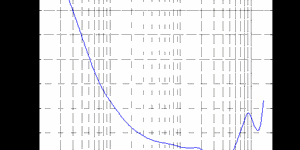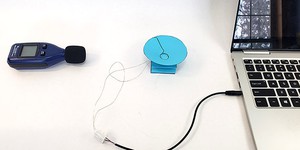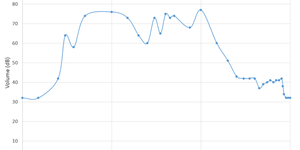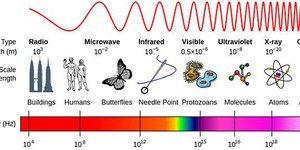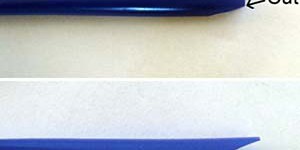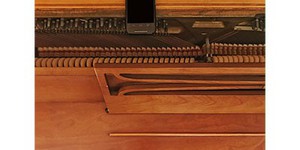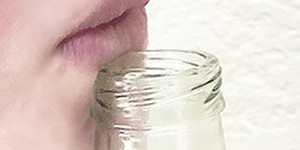Others Like “Frequency-Dependent Sound Absorption” (top 20 results)
|
If you're like most people, you like listening to music. Have you ever wondered how your ears and your brain turn the sound waves out there in the world into the experience of music in your head? If you're interested in doing a project about how we hear, this is a good one for you. With this project, you'll do background research and make measurements to understand how the sensitivity of your own hearing varies with the pitch of the sound.
Read more
Can you build a working speaker out of paper? How does a speaker's ability to play low or high-pitched notes depend on its size? Explore the science of sound in this project as you build and test your own speakers in order to answer these questions!
Read more
If you like music and musical instruments, here is a project that might resonate with you! This is a fun experiment to investigate materials that could be used to build acoustic musical instruments. You can use a music box mechanism and a sound level meter to see which materials make the best soundboards.
Read more
Can you hear me now . . . ? Just how loud does a sound have to be for us to hear it? And how loud is too loud for our ears? Learn to measure levels of sound in this project, and discover the amazing auditory range your ears can detect in the noisy world around you. If you have a smartphone handy, you can even do this project without purchasing any additional materials, by using your phone's sound sensor and a sensor app.
Read more
Whether you have already tried the Science Buddies
Build a Paper Speaker activity or the
Measure the Frequency Response of a Paper Speaker
project, or you just like music and are interested in exploring more about the science of sound, then this project is for you.
You probably know that sound waves can have different frequencies. If not, you can read more about that in the background section
of the Measure the Frequency Response of a Paper Speaker
project. The range of human hearing…
Read more
Beats are a pattern of oscillating sound intensity (i.e., the volume of the pattern grows and fades with a regular cycle). They occur when two tones of almost equal frequency interfere. People can perceive beat frequencies below about 7 Hz. Figure out how to create sound files to play pure tones on your computer. Create files with a pure tone of one frequency in the left channel, and a pure tone of a different frequency in the right channel. Systematically explore different frequency…
Read more
Have you ever suffered from poor Wi-Fi reception for your smartphone, tablet, or laptop? Certain materials can actually block a Wi-Fi signal; do you think that could be part of your problem? In this science project, you will do an experiment to find out which materials cause the biggest drop in signal strength from a wireless router.
Read more
Do you love to make music, but do not have access to all the instruments you would love to play? Check out this fun science fair project about the physics of musical sound production. You will make musical instruments with drinking straws, one for each note on a one-octave major scale. Can you figure out the right lengths for a series of straw "oboes" in order to play a musical scale?
Read more
The renowned pianist Vladimir Horowitz once said, "The most important thing is to transform the piano from a percussive instrument into a singing instrument." In this project, you will learn how you can make piano strings sing using sympathetic vibrations. Find out which notes make another one sing the longest by measuring their sound intensities using a smartphone equipped with a sensor app.
Read more
Have you ever blown across a bottle's top and made a pleasant, resonant sound? If so, have you wondered how that note is made exactly? A bottle is actually what is called an air cavity, also known as a Helmholtz resonator. Ocarinas are examples of musical instruments of this type. In this science project, you will use bottles to investigate how the volume of air in the cavity affects the pitch of the note that it makes. All you need are some bottles, water, a ruler, and a chromatic tuner.
Read more
|
Explore Our Science Videos
4 Easy Robot Science Projects for Kids
Make a Miniature Water Cycle Model
Can a Sandcastle Support a Brick?


